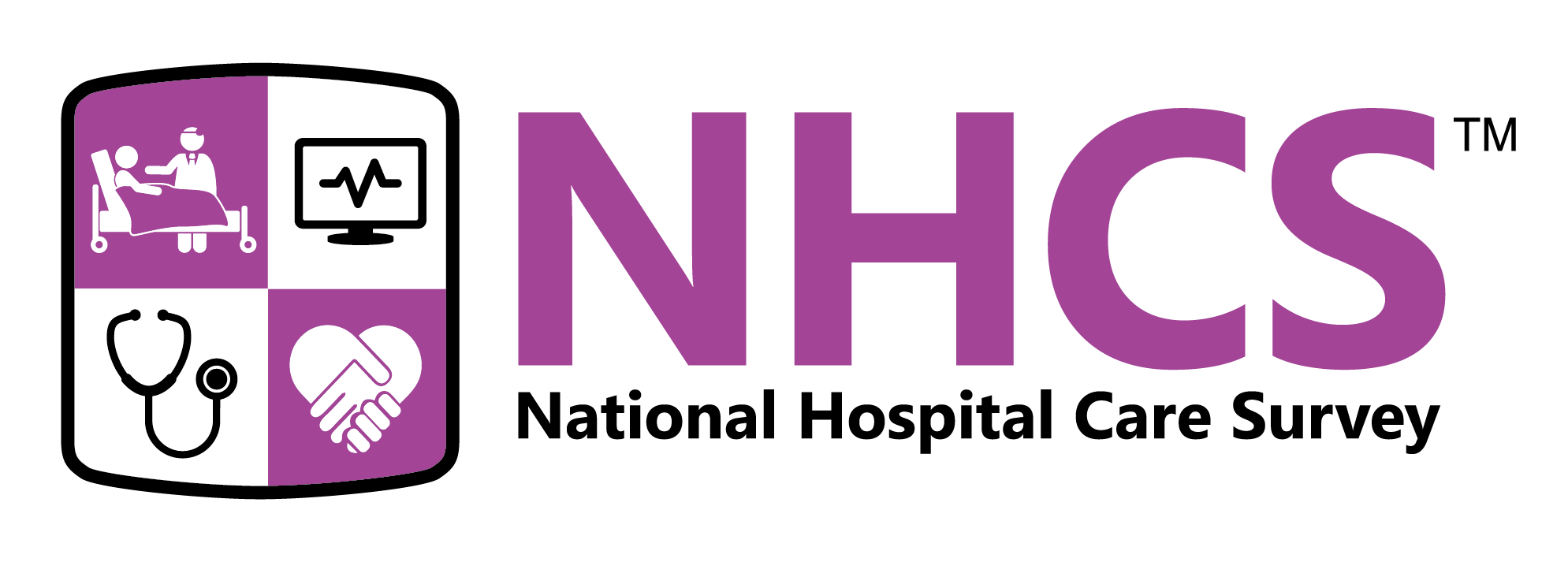Key points
- The National Hospital Care Study (NHCS) began in 2011.
- Before NHCS, three different surveys collected different data about hospital care.
- NHCS expanded the available data to paint a more complete picture of patient care in hospitals.

Background
In 2011, the National Center for Health Statistics created the National Hospital Care Survey (NHCS) to collect data about healthcare services, visits, and operations in hospital-based settings. These settings include inpatient departments, emergency departments, and outpatient departments.
Before NHCS, hospital care data was collected by two long-standing surveys:
- Inpatient data by the National Hospital Discharge Survey
- Emergency department, outpatient, and ambulatory surgery center data by the National Hospital Ambulatory Medical Care Survey
Since 2015, hospitals can provide data extracted from their electronic health records systems.
More patient information
NHCS collects more detailed information about patients than earlier surveys did. This detailed information includes personally identifiable information, like names, social security numbers, and birth dates, and protected health information. The Health Insurance Portability and Accountability Act (HIPAA) of 1996 permits disclosure of protected health information without patient authorization for public health purposes. Collecting this detailed information makes it possible to link NHCS survey data with data from other sources to provide a more complete picture of patient care in the United States.
